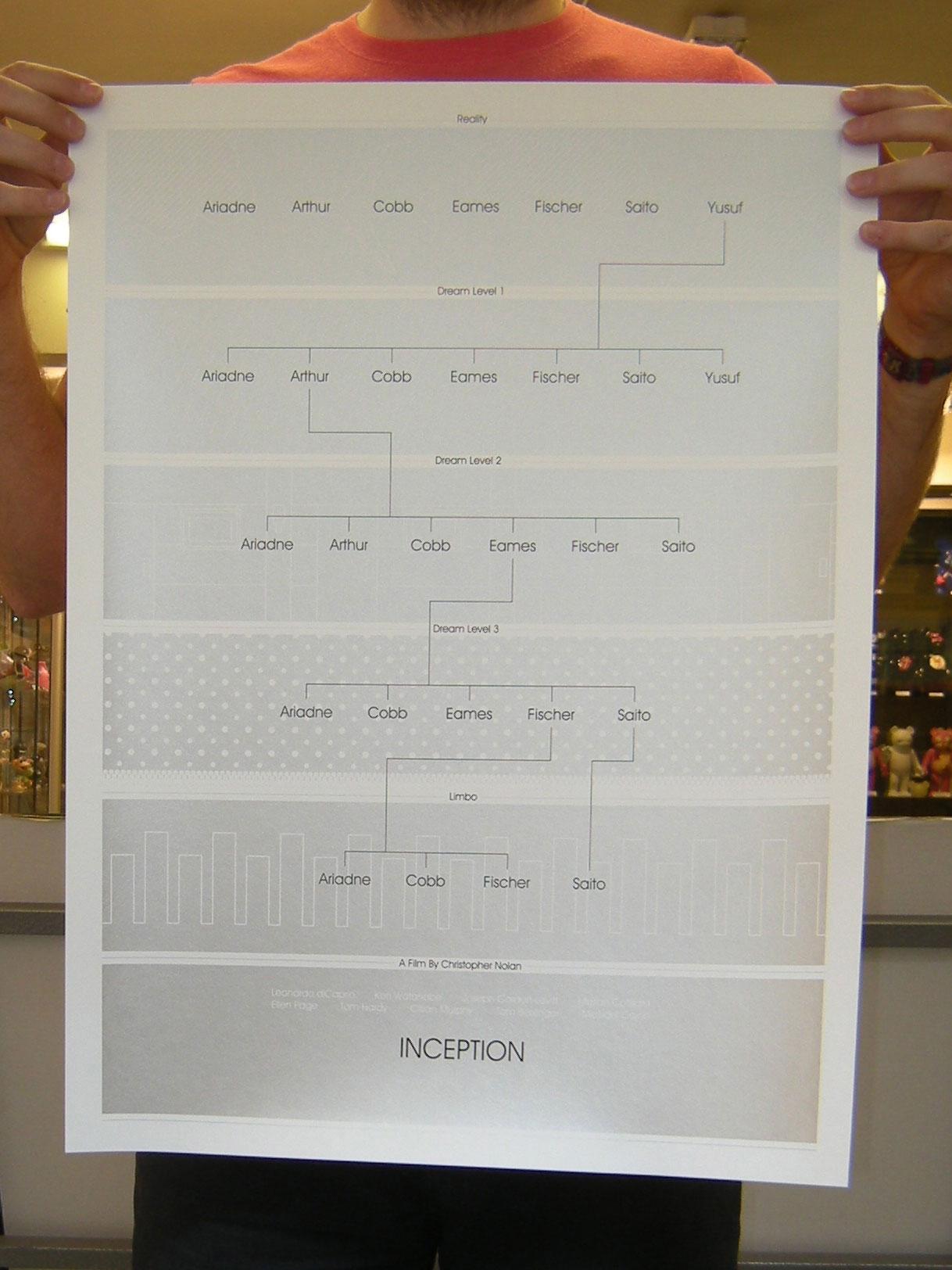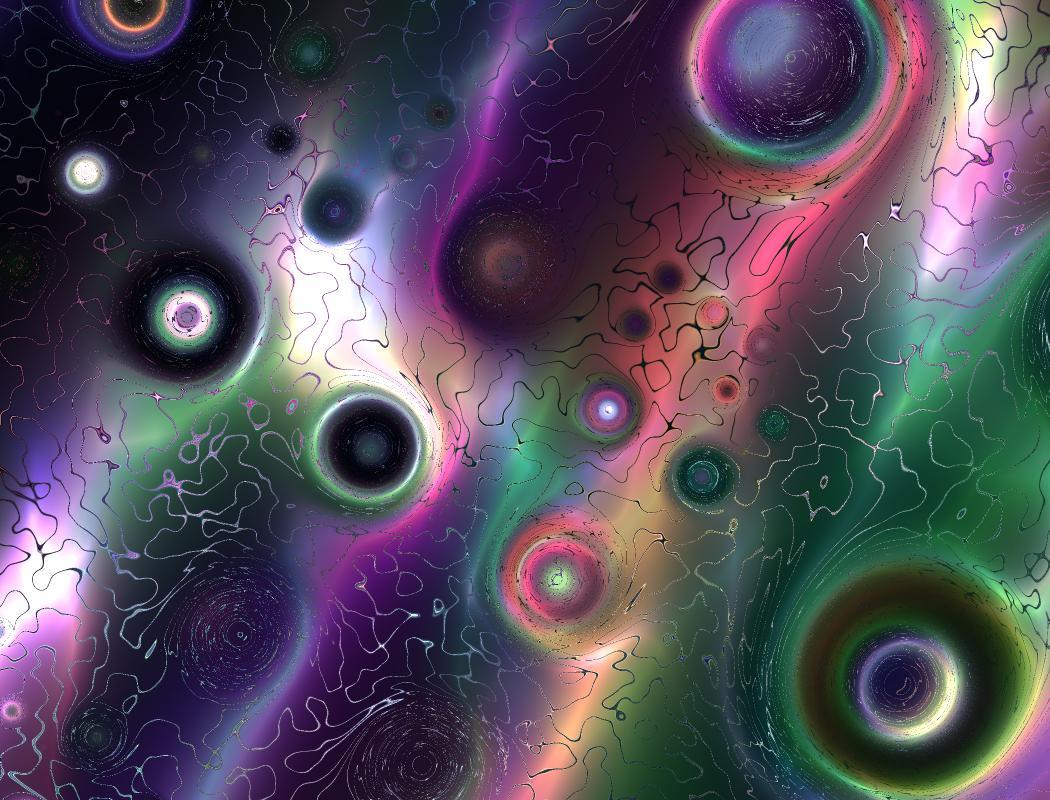In the realm of contemporary cinema, few films have captivated audiences and critics alike with as much intensity as Christopher Nolan‘s “Inception.” Released in 2010, this mind-bending thriller delves deep into the labyrinthine corridors of the human psyche, challenging viewers to question the very nature of reality and dreams. As layers of subconscious landscapes unfold, the narrative intricately weaves a tapestry of enigmatic symbols and philosophical quandaries. This article aims to dissect the hidden meanings embedded within “Inception,” offering an analytical exploration of its dream layers and their implications on our understanding of reality. By examining the film’s structural complexities and thematic depth, we endeavor to uncover the subtle nuances that elevate “Inception” from a mere cinematic spectacle to a profound meditation on the interplay between perception and existence.
Understanding the Structure: Analyzing Inceptions Dream Layers
At the core of Christopher Nolan’s Inception lies a meticulously crafted structure of dream layers, each designed to delve deeper into the subconscious mind. These layers are not merely visual spectacles but are embedded with profound psychological and philosophical meanings. The film’s narrative navigates through multiple levels of dreams, each with its own set of rules and temporal dynamics, which can be dissected to reveal deeper insights into the characters’ psyches and the nature of reality itself.
- First Layer (The City): This is the most accessible dream level, often symbolizing the conscious mind and its immediate concerns. Here, the pace of time is closest to reality.
- Second Layer (The Hotel): Representing deeper subconscious thoughts, this layer introduces more complex interactions and emotional stakes, with time slowing down further.
- Third Layer (The Snow Fortress): This level delves into the deep subconscious, where repressed memories and hidden fears reside. Time dilation is most pronounced here, reflecting the intricate workings of the mind.
- Limbo: A realm of infinite subconscious, devoid of structured reality. It symbolizes the untamed and chaotic nature of the deepest layers of the mind, where time stretches infinitely.
Each dream layer in Inception is a meticulously crafted metaphor for different states of consciousness and aspects of the human psyche. By examining the interplay between these layers, we gain a richer understanding of the film’s exploration of reality and the mind.

Decoding Symbolism: Key Elements and Their Hidden Meanings
Christopher Nolan’s Inception is a cinematic masterpiece that delves into the intricacies of the subconscious mind. One of the most compelling aspects of the film is its use of symbolism to convey deeper meanings and hidden messages. The spinning top, for instance, serves as a powerful metaphor for the blurred lines between dreams and reality. As the totem wavers, viewers are left questioning the nature of Cobb’s existence, encapsulating the film’s central theme of uncertainty.
Another crucial element is the architecture of the dream layers themselves. These layers are not just visually stunning but also laden with symbolic significance:
- Limbo: Represents the depths of the subconscious, where time loses all meaning and the soul can become trapped.
- Snow Fortress: Symbolizes the barriers we construct to protect our innermost secrets.
- Hotel: A space of transient encounters and fleeting realities, mirroring the unstable nature of dreams.

Interpreting Reality: How Inception Challenges Perception
Christopher Nolan’s Inception masterfully blurs the line between reality and dreams, compelling audiences to question the nature of their own perceptions. The film’s intricate layers of dreams within dreams serve as a metaphor for the complexity of human consciousness. By creating a narrative structure that defies conventional logic, Nolan challenges viewers to distinguish between what is real and what is an illusion.
Key elements that emphasize this challenge include:
- Totems: Objects used by characters to determine if they are in a dream or reality, which symbolize the fragile boundary between the two.
- Dream Layers: Multiple levels of dreams that create a labyrinthine narrative, each with its own set of rules and temporal dynamics.
- Limbo: A dream state where time is significantly dilated, questioning the permanence and fluidity of reality.
Through these mechanisms, Inception encourages us to consider how our perceptions are constructed and the extent to which they can be manipulated, both in dreams and in waking life.

Practical Insights: Applying Inceptions Concepts to Real Life
Understanding the intricacies of Christopher Nolan’s Inception can offer valuable lessons for our day-to-day lives. The film’s multi-layered dream sequences mirror the complexities we face in reality. Here are some practical insights:
- Mindfulness and Awareness: Just as characters in the movie perform ‘reality checks’ to discern dreams from reality, practicing mindfulness can help us stay grounded. Techniques like meditation or journaling can serve as our totems, keeping us aware of our mental and emotional states.
- Layered Problem Solving: Inception’s dream layers can be likened to peeling back the layers of a problem. Rather than addressing issues superficially, diving deeper to understand underlying causes can lead to more effective solutions.
- Shared Vision and Collaboration: The film emphasizes the importance of a shared dream to achieve complex goals. In our lives, fostering a collective vision within teams or communities can drive us toward achieving ambitious objectives.
By applying these concepts, we can navigate our own ‘dream layers’ more effectively, transforming abstract ideas into tangible realities.































